For as long as I was shooting film, I have had the same nagging problem: I wanted to shoot in the dark. My Dad – who gave me my first and his only camera Zorkiy with 3.5/50 mm Industar-22 – taught me not to even bother shooting at 1/30 sec or slower as the pictures would come out blurry. Given that the only film available to me was Svema’s Foto 65 (ISO 50), that meant that whenever we went anywhere, at about 5-6 pm, the camera would be stashed away and we continued our wandering without having a picture taken.
A few years later, I would struggle with the same film to take pictures at the parties, concerts and dark alleys. I was trying to push film 3-4-5 stops, but that rendered even beautiful faces to look like those of white-faced mimes. The pictures were horrible, and more than once they would be torn into shreds after being shown to the subject.
Fast forward to the year 2000. A friend of mine gifted me an Olympus Stylus Epic Zoom 80 for my birthday – I have dozens of cameras but I will never refuse another one. I thanked him profoundly, but inside, I was laughing. I graduated to SLRs something like 25 years prior and felt that shooting with a P&S was certainly beneath my dignity. Anyway, I loaded some color film and started poking around. I discovered a completely different world in which the camera makes all the decisions short of my pressing the shutter button. The size of the camera and the fact it did not need any protective case made it a favorite with my wife. I was satisfied with the results when it was casually shooting on the street, on a subway or anywhere else where I would not carry any of my SLR’s too.
But the old problem continued to pop up: the light and its quantity. Then I asked myself a question: what film should I use given my shooting style? Given that I did not have enlarger or lab space anymore, I was sentenced to use C-41 film and develop it at a pharmacy store. Then I thought: How fast should my film be? I did not care about grain or anything, but just how nimble my film would be about the light.
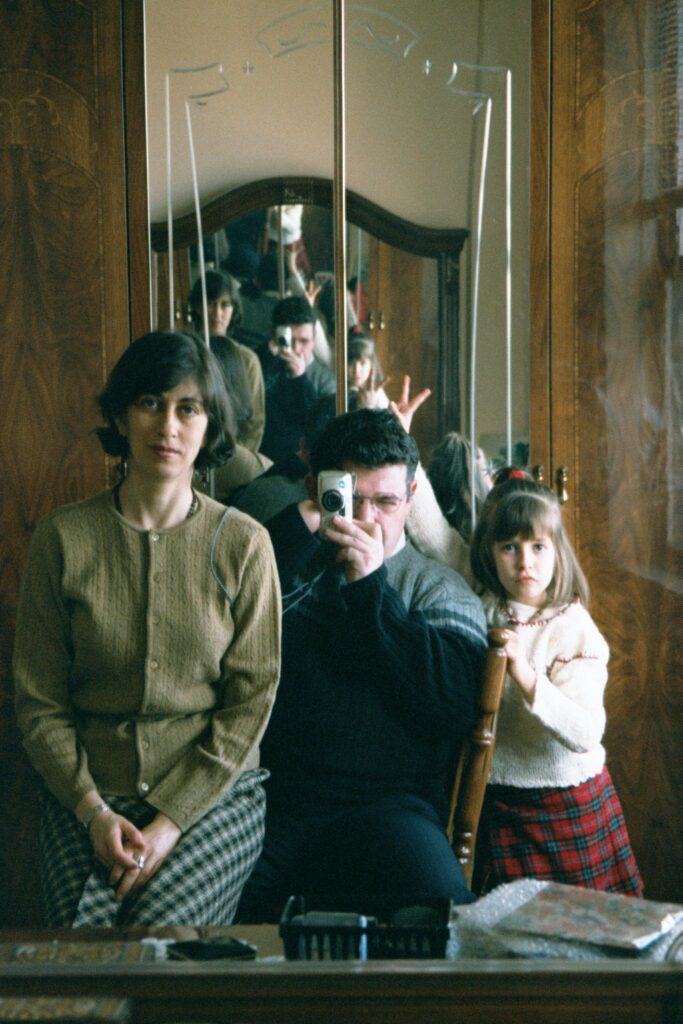
I started my calculations with the shutter speed I wanted my camera to fire to be no longer than 1/20-1/30 sec. That would give me some chance to capture the action where ever I went. Certainly I did not have any control over the automatic program that camera uses, but playing with the camera I could see that it would open aperture wider rather than risking longer shutter speed.
Okay, with that set, I knew my Olympus have the max aperture around f/4.5. What is the brightness of the scene in reasonably well lit space – say subway car, restaurant, city at dusk? From all my practical experience I knew that with ISO 100 film I need to go for 1/4-1/2 sec shutter speed and use a tripod or hoist the camera somewhere and use a cable release. I did not want any of that so I needed extra 3 stops. That brought me to ISO 800. I was not concerned about shooting in bright light – I knew camera will handle that and in the worst case scenario overshooting couple of stops on any negative film would still produce acceptable negatives.
The Value of “Exposure Value”
Taking a bit more of sophisticated approach, a f/4 and a shutter speed of 1/30 has Exposure Value (EV) is about 9 on ISO 100 film. At that EV the camera still produces acceptable, non-blurred images of still subjects when used hand-held. Let me now see what lighting conditions I can afford. Quick look up at any of the published “EV for Light” charts delivers the message that at EV 9 one can afford “ice shows, floodlit; sports events, stage shows; fires and burning buildings; just after sunset” (see https://en.wikipedia.org/wiki/Exposure_value) .
These aren’t the conditions I really want to shoot at, so I looked up my scenario in the same chart: “Home interiors; Night vehicle traffic; Night street scenes and window displays” are more what I am aiming for, along with their very approximate EV value of 6. That is 3 stops difference between what camera can do and what my artistic vision desires! But hold on, all of the above is true for ISO 100 because that’s how all these charts are designed. Can I get a film which will effectively make my camera be at EV 6? Of course, I can! 3 stops from ISO 100 is ISO 800! ISO 200 will be 1 stop, 400 will be 2 stops, 800 will be 3 stops, 1600 will be 4 stops. And so here we are again talking about ISO 800 film to be used with inexpensive cameras in fair lighting conditions.
The Film
And indeed there was inexpensive Fujifilm CZ 135-36 Fujicolor 800 Color Negative Film (ISO-800) which was retailed at something like US$3 at the time. So that was the film I would routinely load in my Olympus when I was going out and making of “true art” was not in the calendar for the day. That’s how I preserved many sweet memories shot without any pretense and without torturing my dear ones with the setups the SLR would call for.
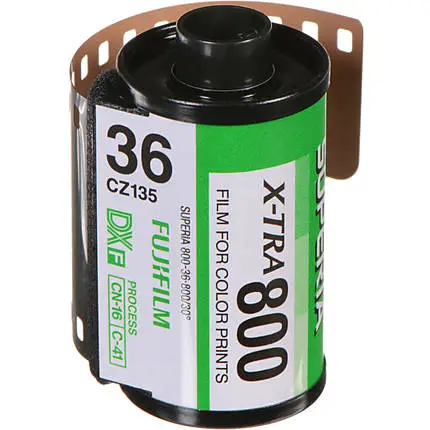
2001 – blast from the past
All images in this post are taken from the same roll of film Fuji ISO 800 shot in December 2001-January 2002 with Olympus Stylus Epic. The shots are provided as-is : as they came from ofoto.com which processed and scanned film at hoping (1024×1536) – 1.5 MP. The greenish tint was apparently given by a scanning software. I did not want to fix any of that to preserve the look and feel of the shots.
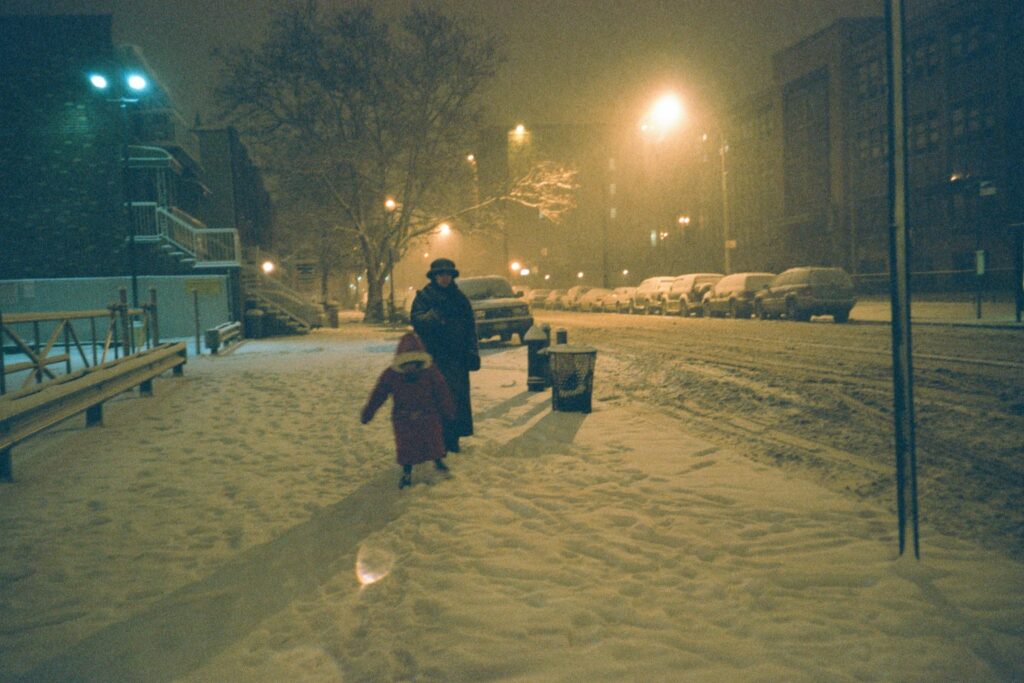
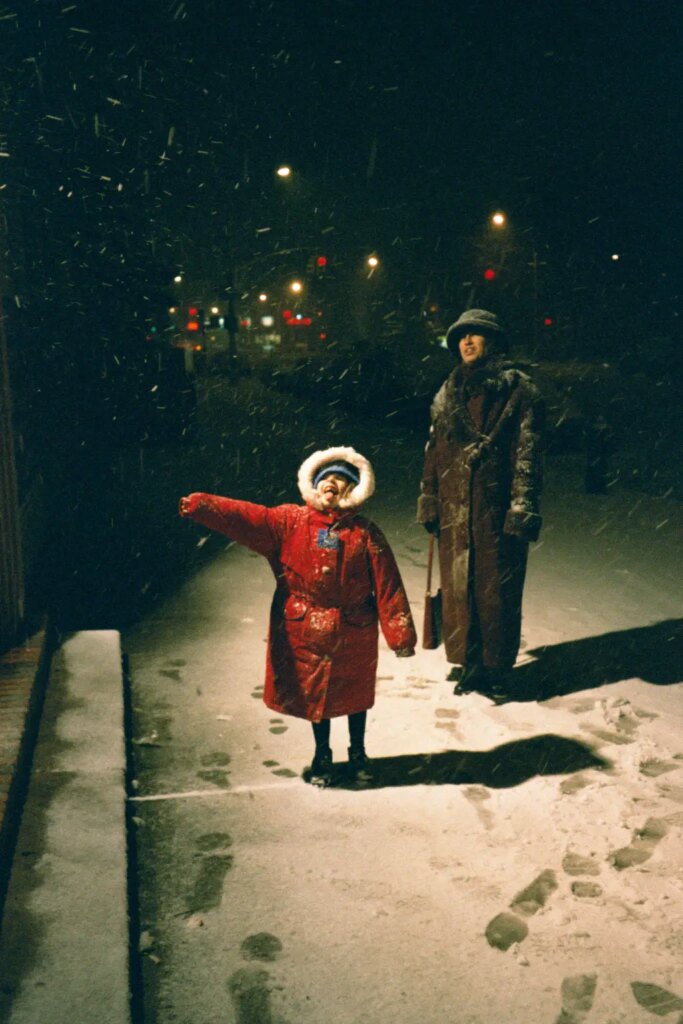
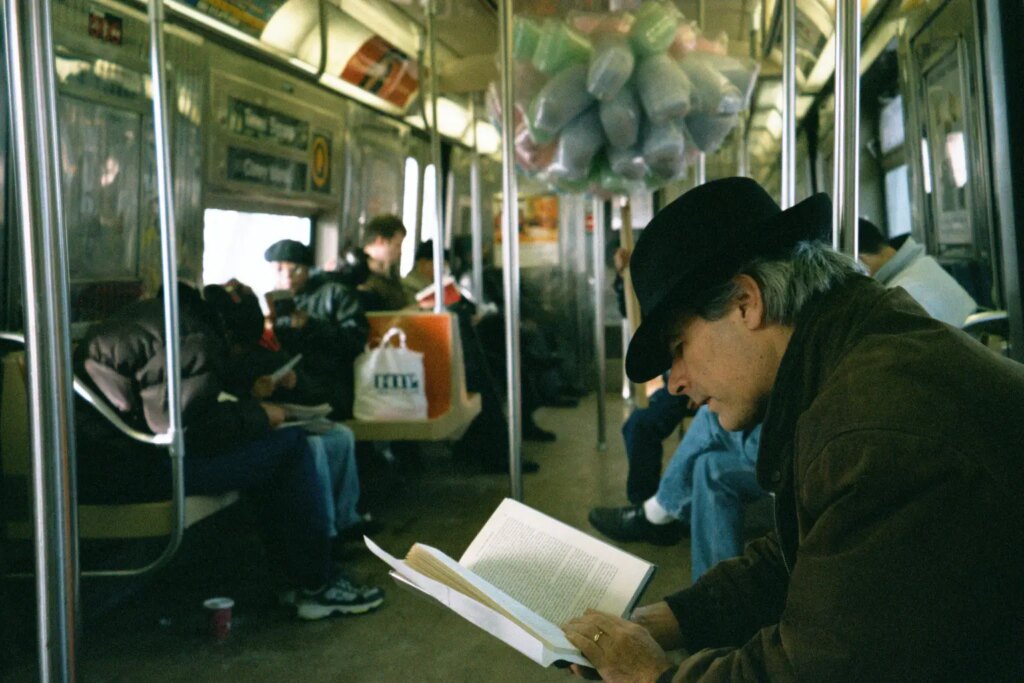
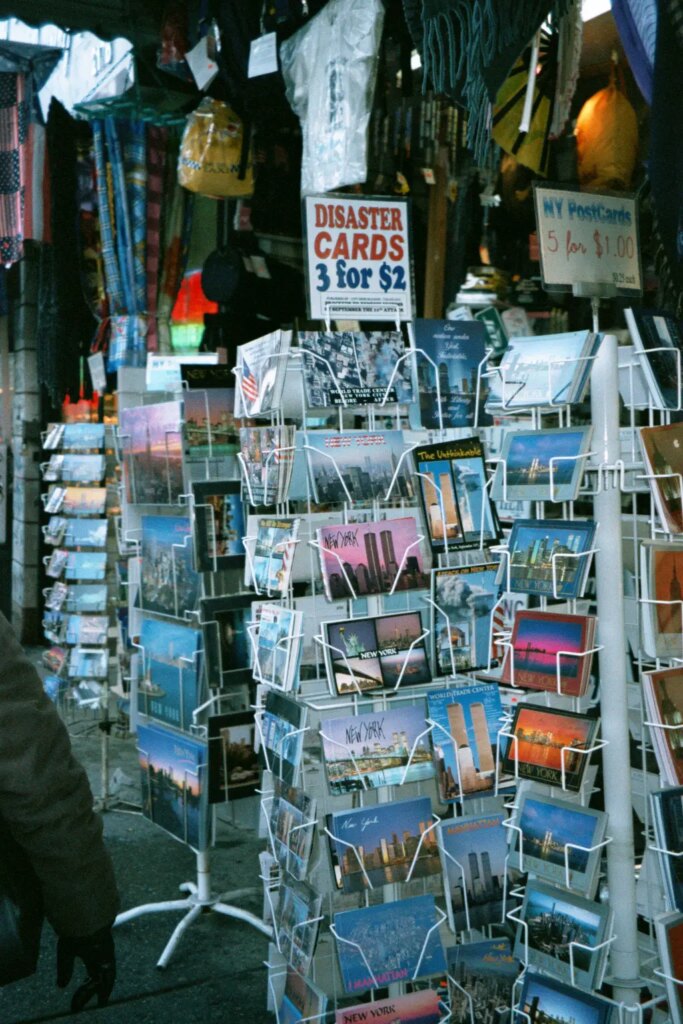
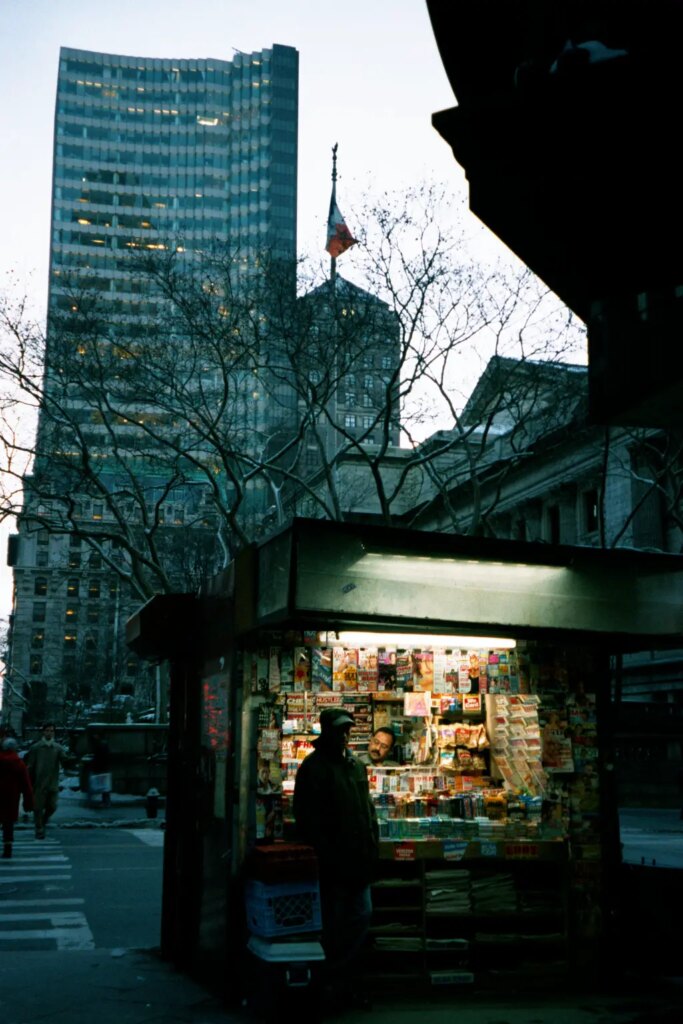
The Bottom Line: Ace the ISO
Suppose you do want to shoot film, suppose you’ve got some traditional vintage camera and you want to buy some film having a very vague idea what you will be shooting. Now also suppose that camera has a maximum aperture of f/3.5 and a minimum shutter speed of 1/30th. Now, for that camera to be suitable for shooting indoors you have to use film with ISO at least 800 – for reasons we just discussed. If you happen to get a camera with an f/2 lens you may get away with ISO 200 film (though I would still go for 800 as now I would be able to use much more shake-proof 1/100 sec.)
Understanding Exposure Value shows you how to select film’s ISO for your specific camera and your shooting scenario. All this talk of latitude and pushing and pulling people seem to do these days is all well and good, but I do think that with all the choice of film out there it’s good to understand that your film has one and only true ISO and the better you expose for that ISO the better images will come out. And don’t worry, the film’s latitude will be fully utilized just to correct inevitable exposure errors. Either you will make the wrong measurement or camera’s automatics will ‘misunderstand’ your intentions. If this happens, the film latitude will come to the rescue. In short, I personally believe that having right sensitivity film for the job is the most important choice you do as a photographer.
For more on this subject, see Hamish’s review of the Olympus AF-10 Super
Share this post:
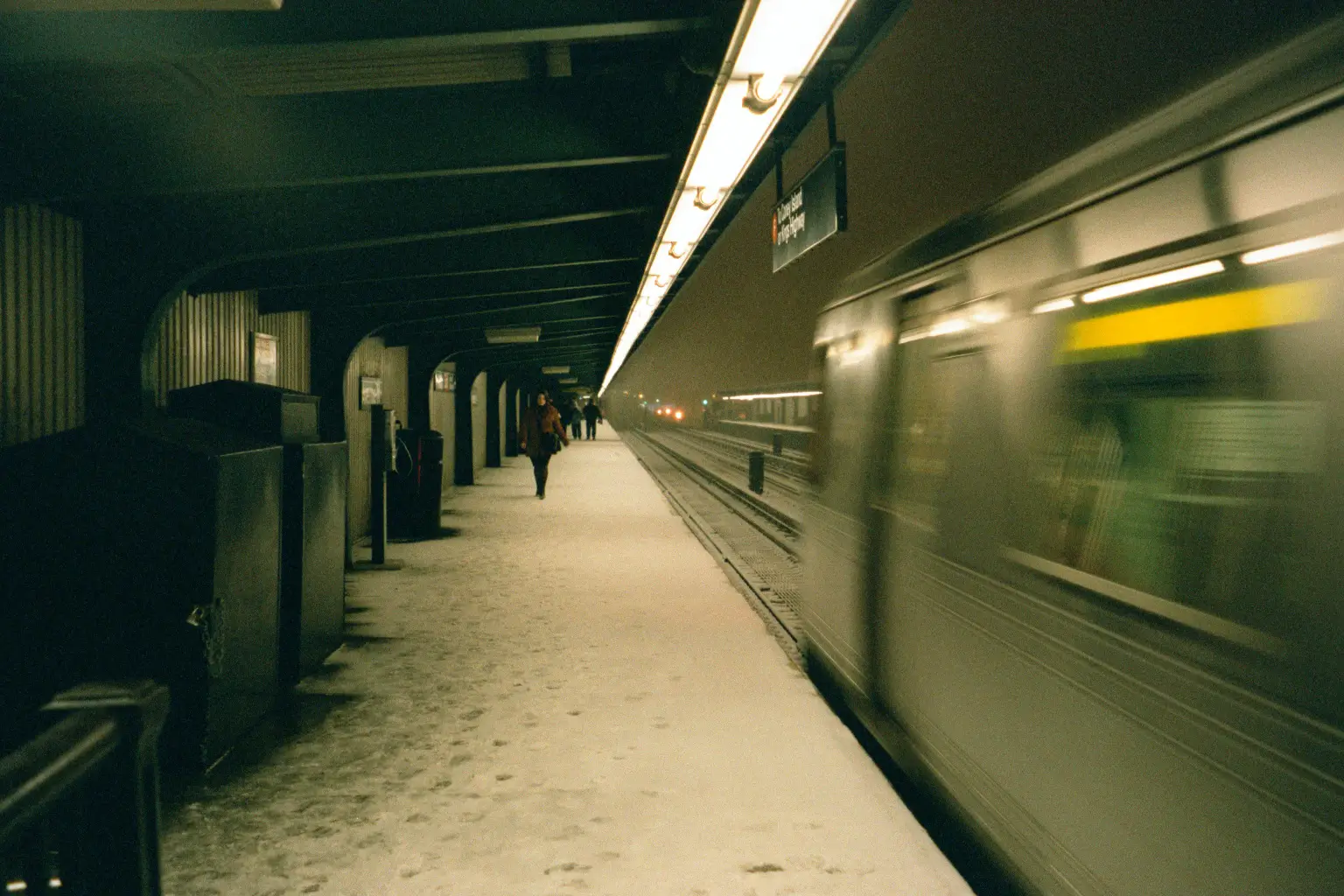








Comments
Steven G on The Game Called ISO – Taking Advantage of the EV System for Better Results – By Vlad Serebryany
Comment posted: 17/06/2022
Hamish Gill on The Game Called ISO – Taking Advantage of the EV System for Better Results – By Vlad Serebryany
Comment posted: 17/06/2022
Tim Bradshaw on The Game Called ISO – Taking Advantage of the EV System for Better Results – By Vlad Serebryany
Comment posted: 17/06/2022
I have a set of pictures which I need to scan taken on Ektachrome at night in London. I was using a lensbaby which helps and is cheating. But I also have a set of pictures I took recently in really pretty dim light with exposures down to maybe 1/8s with a 45mm (-equivalent) lens. Not all of them are fine, but many were.
I happen to know I have quite steady hands (I used to be quite good at target shooting) so I'm comfortable at slower speeds. But the speed you can get away with is something you only discover by experiment.
(*) And I will not hear criticism of that film
Comment posted: 17/06/2022
That's certainly true, Tim. It would be actually an excellent topic to discuss - how do you shoot in low light hand-held. There so many techniques - from how you press the trigger button, to your posture, to your breathing, to the position of your arms and head. I think a good photographer would gladly take a risk of stopping their heart if only that helps taking a sharper picture ;-)Michael J on The Game Called ISO – Taking Advantage of the EV System for Better Results – By Vlad Serebryany
Comment posted: 19/06/2022
By the way, does your name mean 'silvery', or something like that? That's marvellous for a film-wrangler...
Comment posted: 19/06/2022
David Hume on The Game Called ISO – Taking Advantage of the EV System for Better Results – By Vlad Serebryany
Comment posted: 19/06/2022
For instance I like to shoot landscapes handheld at dawn and dusk, which often means well over 1 second on the 160 ASA films I like with an f2 lens. But for me that's fine. I like to play with the limits of what films and lenses can record - how blur can create mood, how long exposures change how the films render; all that stuff. But that's done with an awareness of what the grain will be and whether I'll like the results. And yes, if shooting a compact I'll always look up its specs to see what the minimum shutter speed is to work out whether it will give me what want. But - again it's personal - film for me lives in that 100 - 400 ASA range and that's where my empathy with it lies, I guess. I've not ever wanted a film faster than 400 for personal work. All the best, David.
Comment posted: 19/06/2022